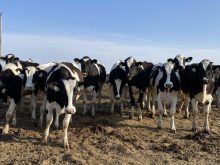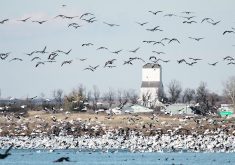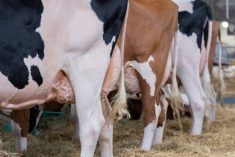Glacier FarmMedia – The U.S. Centers for Disease Control and Prevention confirmed the first severe human case of H5N1 bird flu on Dec. 18, after a patient from Louisiana was hospitalized with severe respiratory illness.
The CDC said partial viral genome data from the patient discovered the virus was part of the D1.1 genotype, the same one detected in infected wild birds and poultry in the United States, including human cases in Washington state.
It was also the same genotype found in a British Columbia teen who was hospitalized with a severe infection earlier this fall.
Read Also

New coal mine proposal met with old concerns
A smaller version of the previously rejected Grassy Mountain coal mine project in Crowsnest Pass is back on the table, and the Livingstone Landowners Group continues to voice concerns about the environmental risks.
The Louisiana patient was exposed to the virus through backyard flocks of birds, some of which became sick or died. It’s believed to be the first human case of H5N1 in the U.S. linked to exposure to such flocks.
California governor Gavin Newsom declared a state of emergency on Dec. 18 after more bird flu cases were detected in dairy cows. He said the proclamation was to “ensure government agencies have the resources and flexibility they need to respond quickly to this outbreak.”
The action will open up funds for state and local agencies to respond to bird flu.
California is now the second state to issue a state of emergency due to bird flu, after Colorado in August.
In total, the CDC has reported 61 human cases of bird flu in the U.S. since April, with 34 in California. However, there have been no cases from human-to-human spread.
As of Dec. 17, 10,852 wild birds, 860 dairy herds and more than 123.6 million poultry were diagnosed with the virus.
The United Nations’ Food and Agricultural Organization said on Dec. 17 more than 500 bird species have been infected with H5N1 as well as 70 mammalian species.
The World Health Organization said 76 people have been infected with the virus, most of whom were farm workers. However, the WHO also said the risk of human-to-human transmission is low.
“We must remember, however, that this can change quickly as the virus is evolving and we must be prepared for such a scenario,” said Dr. Maria Van Kerkhove, WHO’s director of epidemic and pandemic health management.
As of Dec. 14, the Canadian Food Inspection Agency estimated more than 13.85 million birds were affected by bird flu in 2024. Currently, there are 85 infected premises, mostly in B.C., and 422 formerly infected premises.
H5N1 has not been found in Canadian dairy cattle or in Canadian dairy products.

















